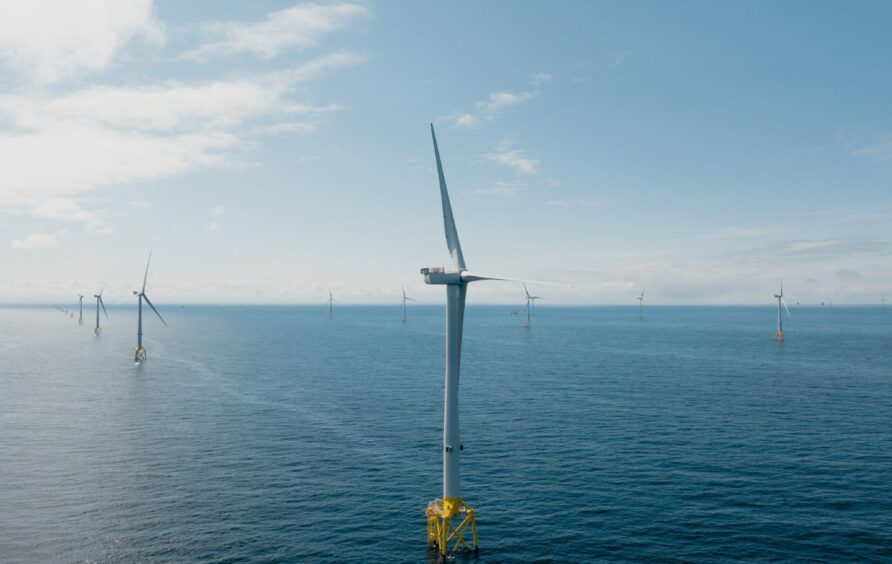
Ocean Winds has submitted applications for the offshore planning consent for its major 2GW Caledonia offshore wind farm in the Moray Firth.
Caledonia will cover a total of 4,500 sq feet and will be based in water with depths of between 130-328 ft (40-100m). This could potentially require a mix of fixed and floating foundations for its up to 140 turbines.
Each turbine would have a maximum capacity of 25MW and heights of up to 1,160 ft (355m).
In addition, the project could use a total of four offshore substation platforms along with four offshore export cables, which would make landfall at Stake Ness on the Aberdeenshire coast.
The move follows the submission of the onshore planning consent application for the project last week.
Ocean Winds had previously revealed plans to split the project into two phases, Caledonia North and South, with each having a capacity of between 900MW and 1.1GW.
Offshore consent manager Aleks Schmidt-Sweetingham said: “Our consent application is a major milestone and comes after three years of intensive work to survey, research, study and model the natural and human environment of the Moray Firth to produce a high-quality environmental impact assessment report and I would like to thank everyone who has engaged with us to make this possible.”
Ocean Winds was awarded the site in 2022 as part of the Scottish government’s ScotWind process.
The company has two offshore wind farms in the Moray Firth, Moray East, which has been operational since 2020, and the under-construction Moray West, which recently installed its final wind turbine.
Caledonia lies immediately to the east of Moray East and will more than double Ocean Winds’ generation capacity in the Moray Firth.
Caledonia project director Mark Baxter said: “We have been developing offshore wind generation in the Moray Firth for over a decade and a half. We build and operate the projects we develop, so we understand the value of frontloading investment in the early stages of the project to produce a high-quality application. This enables the consenting authorities and their consultees to undertake their work with minimum difficulty or delay. This is especially important in the busy, competitive ScotWind environment.
“Our site and situation mean that not only can each phase of Caledonia be built with commercially established fixed foundation technology which we have optimised for cost at Moray East & Moray West, both sites can also be connected to shore using established AC technology. This frees Caledonia from delays caused by the lengthy waiting lists in the global DC supply chain, and means foundations are available from already-proven existing suppliers.
“There is also an opportunity to deploy floating structures in the south of the site to create a further springboard for the growth of floating offshore wind in Scotland.”
Recommended for you

